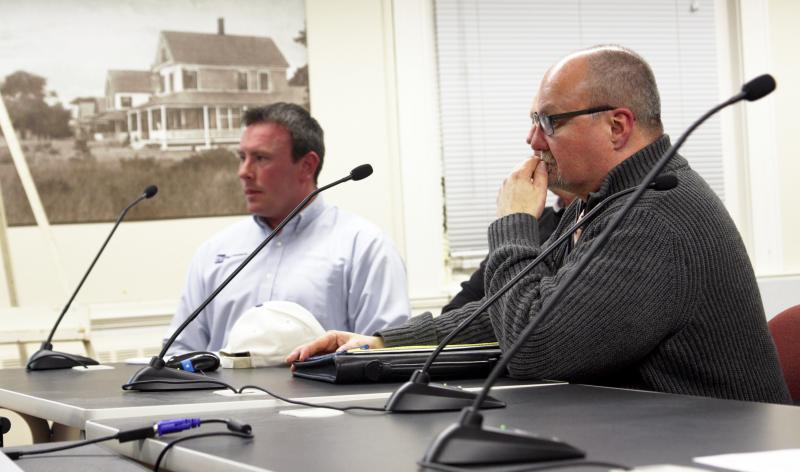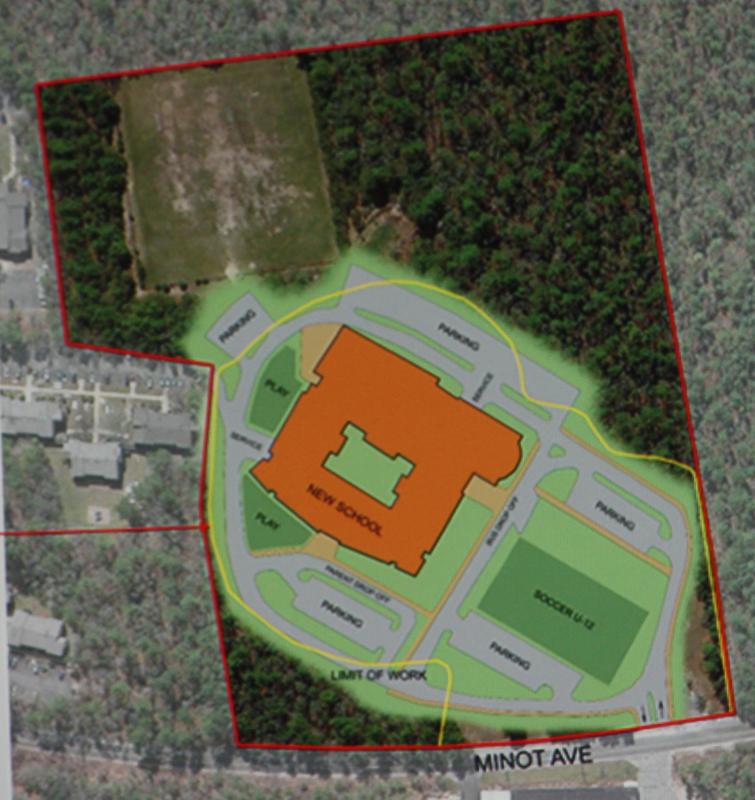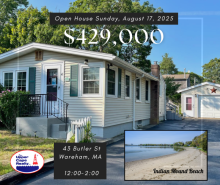School Building Committee favors $86 million plan to combine Wareham elementary schools
Members of the School Building Committee on Tuesday favored a three-story, $86 million building with space for 1,020 students to replace Minot Forest Elementary School.
Committee members, who were appointed by the Wareham School Committee, shared the plans with Selectmen. The group is spearheading the project, which will combine Minot Forest and Decas Elementary into one school where Minot is currently located. If approved, the project will be partially funded by the state. Officials said a new building is needed to replace an aging Minot Forest Elementary. The school is more than 50 years old.
At April Town Meeting in 2017, voters approved the borrowing of $1 million to fund a feasibility study. The feasibility study will explore different options for revamping the school and is a requirement of the Massachusetts School Building Authority, which will reimburse the town 70 percent of the project’s construction cost.
Chad Crittenden, a director with PMA Consultants – the committee’s consulting firm – said repair, renovation and new construction options were weighed. Building new is likely the best option, he said.
“There isn’t a cost efficient way to repair those buildings,” said Crittenden.
Repairing Minot now and Decas in five years may cost an estimated $51 million. State funds are not available to the town for a repair option. Another possibility, renovating Minot and building an addition, is an estimated $91 million, of which the town must pay $40 million.
Crittenden said a design for a three-story, estimated $86 million building is the preferred option. Of the $86 million, the town must pay $37 million.
Dennis Daly, principal with Mount Vernon Group Architects, said plans call for placing pre-kindergarten students on the first floor along with offices for administrators. Second floor plans call for housing first and second grade classrooms along with a community space. Third floor plans place third and fourth grade classrooms there along with a “maker space” for technology, science and mathematics lessons.
“We’re envisioning a hub of technology and learning,” said Daly.
Moving forward, Crittenden said officials will submit a design option to the state for approval on June 27. If that plan is approvd, officials will spend the next year further developing the design. Construction could begin as soon as fall of 2019. Crittenden estimated construction may take two years.
Crittenden said plans call for completing a design in time for voters to consider a debt exclusion at the October 2018 Town Meeting. If approved, the issue would go before local voters for final approval during the state's Nov. 6 election as a ballot question. The debt exclusion would raise taxes on residents to pay for the project for the life of the debt.















